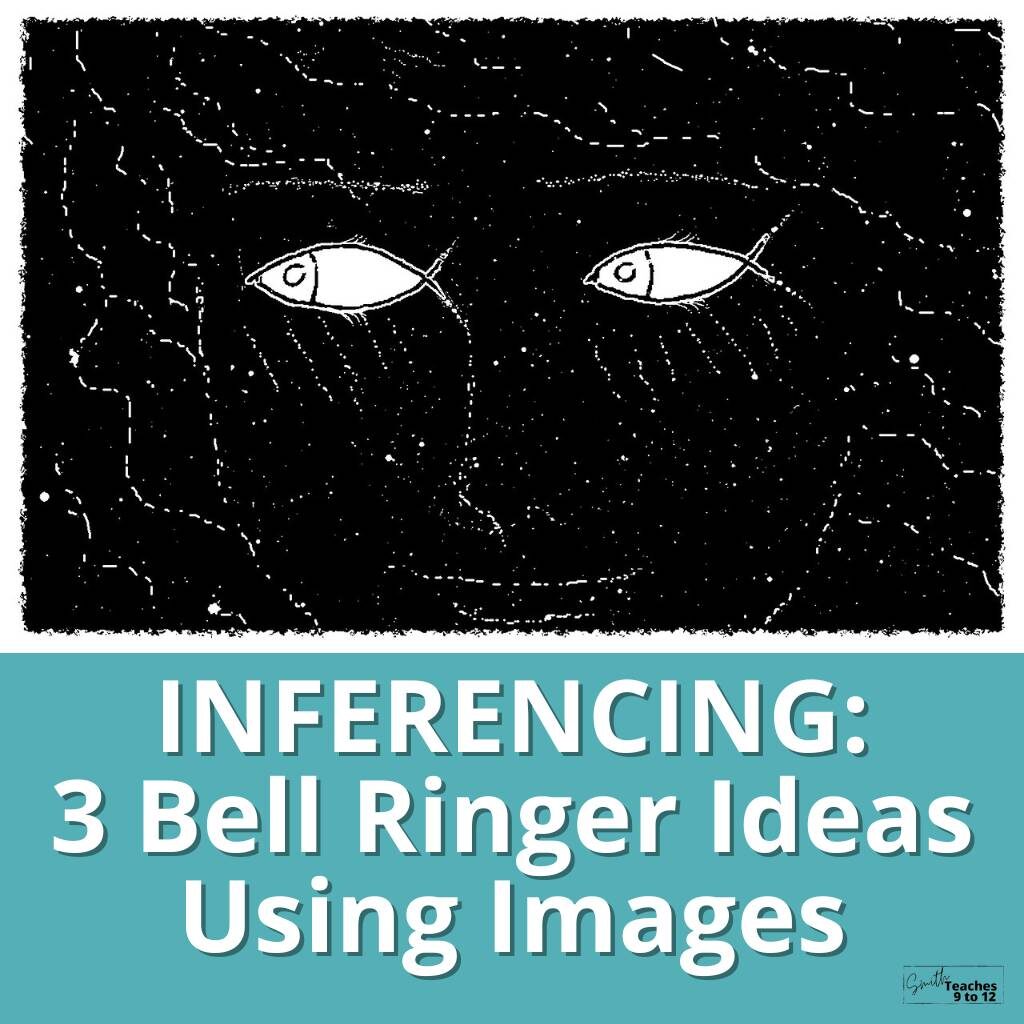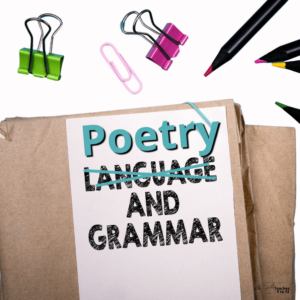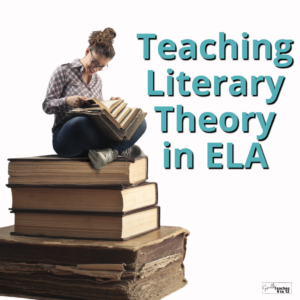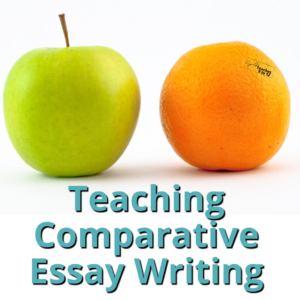Sharing is caring!
Developing inference skills is near and dear to my heart. I find it speaks to the core of literary analysis. How can a student dig deeper if they don’t know how to read between the lines? As a result, I try to incorporate as many opportunities as possible to practice the skills. But time isn’t always on our side with adding in this extra practice so here are some quick and easy bell ringers for inference skills to use in your classroom.
OPTION 1: OPTICAL ILLUSIONS
Optical illusions are a simple way to have students extend their thinking and observational skills – key aspects of inferencing.
Have students study an image to see what they first see and what they see next. This can simply be a projection of an image on a slide to have students warm up their brains for the day. Incorporate a think-pair-share for students to share their findings. This can be a quick 30-second chat to confirm what they saw with a classmate. Share it out and ask students to walk through how they saw what they saw thereby modelling the process of analysis.
Searching “optical illusions” on free image sites such as Pixabay or Unsplash can yield great results to use in your classroom. There are also some humorous ones in this New Yorker article and some quirky contemporary ones as images in this BBC article.
Here are a few personal favorites optical illusions I use in my classroom:
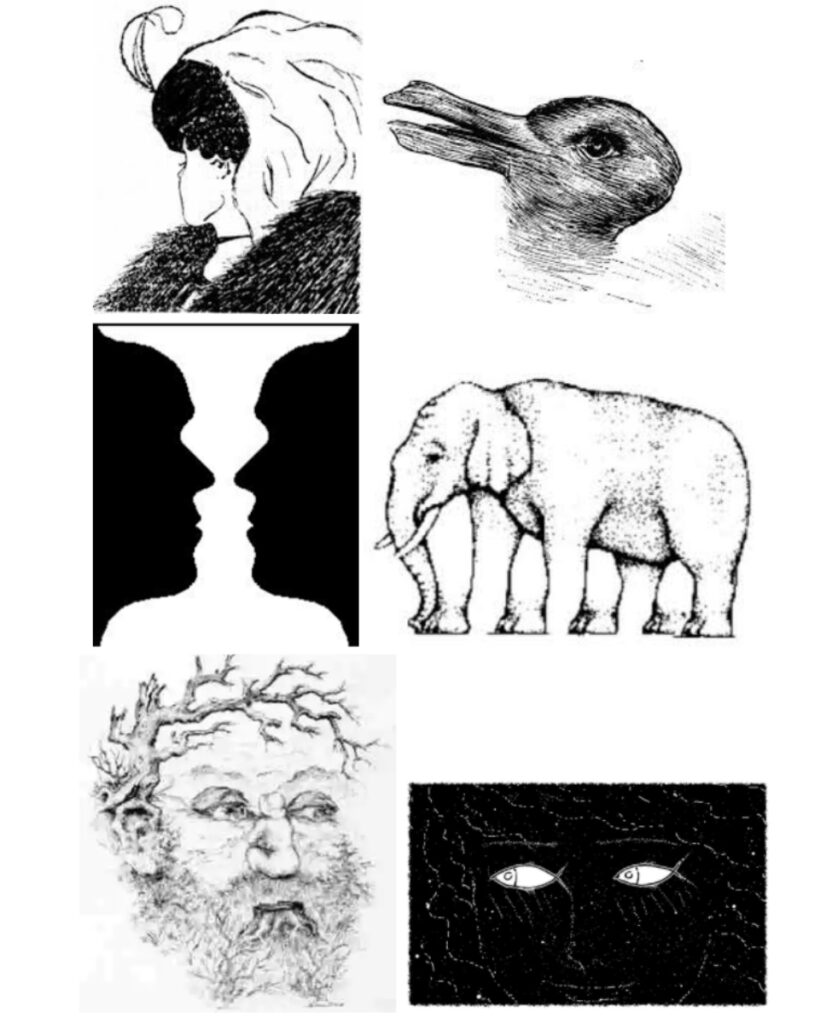
OPTION 2: BOX-BY-BOX REVEALS
Here’s another one of the bell ringers for inference skills – using slow reveals of images.
Trying to get students to be more aware of the process is often helpful since it can pinpoint where they are succeeding and where they are struggling. Using a slow reveal – this can be done using shapes and an image in Google Slides or PowerPoint.
Place your chosen image as the background. Create a series of squares to go across the image in parts. Usually a 3×3 or 4×4 works well. The easy way to facilitate the reveal is to copy the slide and delete one square at a time to reveal the image. You can do this in a regimented order going left-to-right or a random order – you can gauge this based on the image you’ve chosen. If it would be very easy to reveal all along the top then do a random order.
To have students move beyond just guessing – which is also an option for a very quick activity – create a gridded graphic organizer that matches the number of boxes that cover the image. On it students can record what they see – this turns the activity into more metacognitive in being able to review their thinking once the image is revealed.
This graphic organizer provides useful feedback to students but to the teacher as well. Use this formative assessment to gauge who needs more help and who needs more of a challenge.
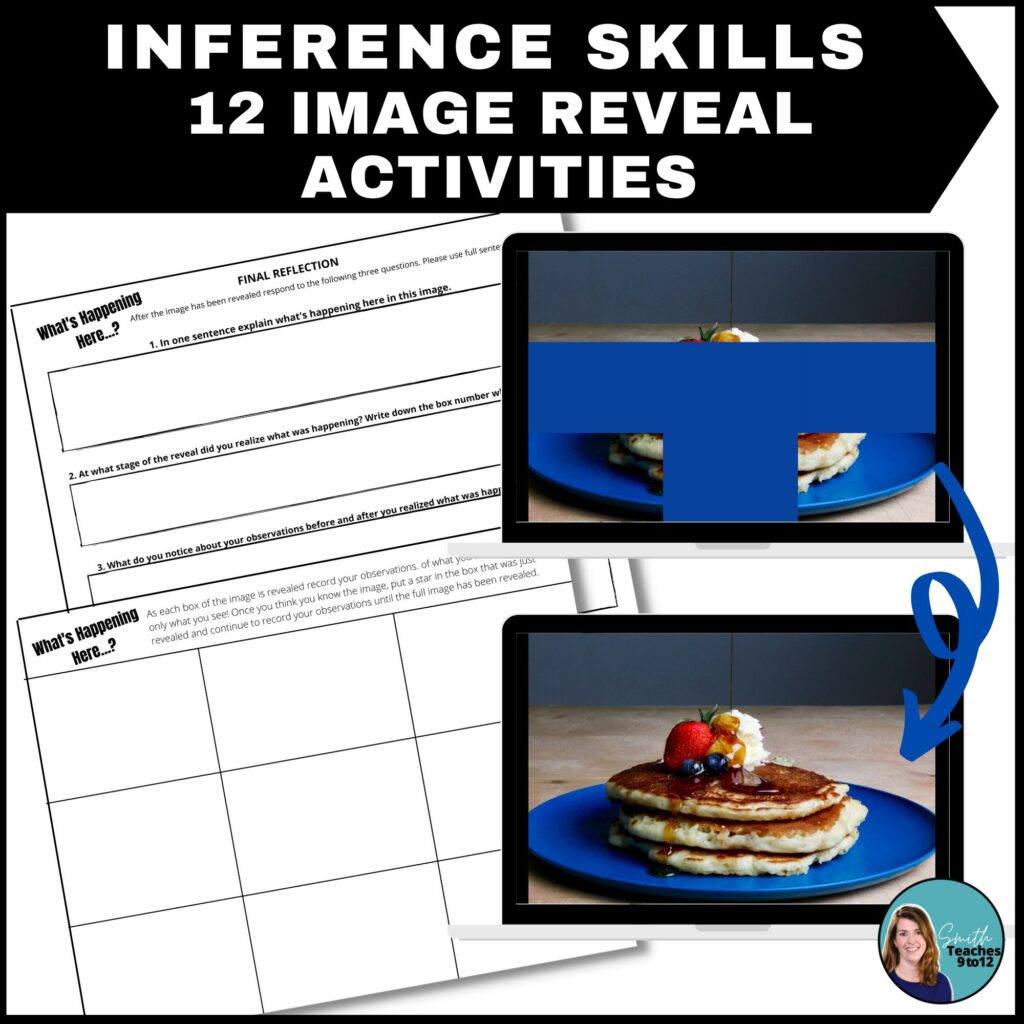
Check out this ready-made option with 12 slideshows or videos for image reveals with an observation and reflection sheet here.
OPTION 3: NEWS PHOTOS
A final option for bell ringers for inference skills is to use news photos without initially revealing the caption and/or headline that accompanies the images.
Both the BBC and the New York Times share photos that are perfect for this activity. You can check out the NY Times’ “What’s Going On In This Picture?” here and here for the BBC’s “In Pictures” section for options.
This is a great minds on activity for a media study. Extend the lesson from inference to media literacy by having students examine the articles that accompany the pictures.


For more activity ideas, check out this post for more inference skill practice options:
Focusing on Core Skills: Inferencing

